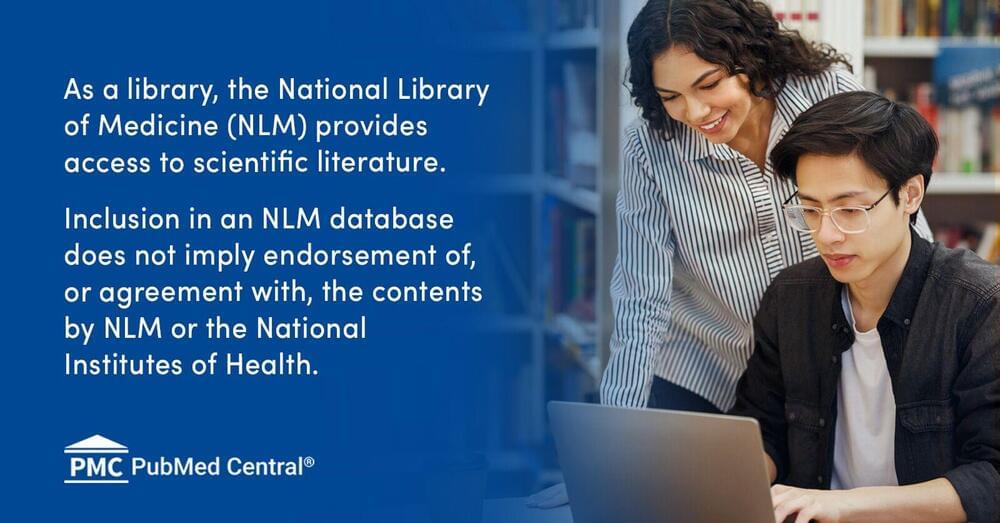Carbon nanotube networks made with high purity and ultraclean interfaces can be used to make a tensor processing unit that contains 3,000 transistors in a systolic array architecture to improve energy efficiency in accelerating neural network tasks.
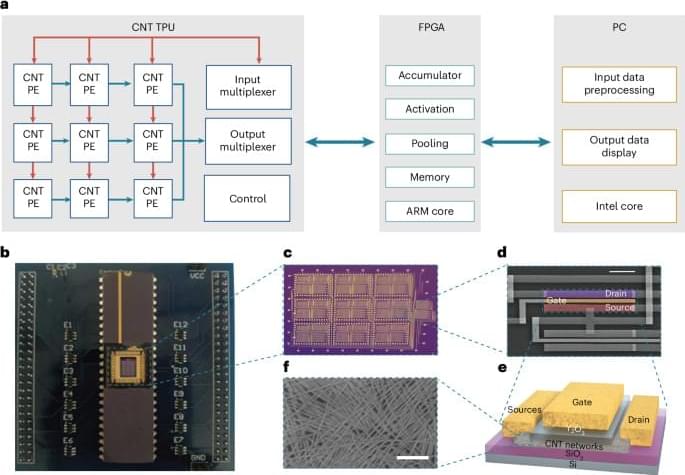


An international research collaboration, including a group from Cornell Engineering, has applied a new X-ray-based reconstruction technique to observe, for the first time, topological defects in a nanoscale self-assembly-based cubic network structure of a polymer-metal composite material imaged over a relatively large sample volume.
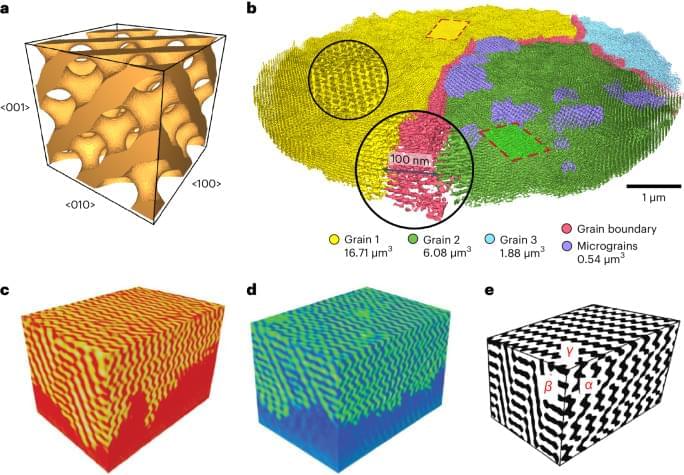

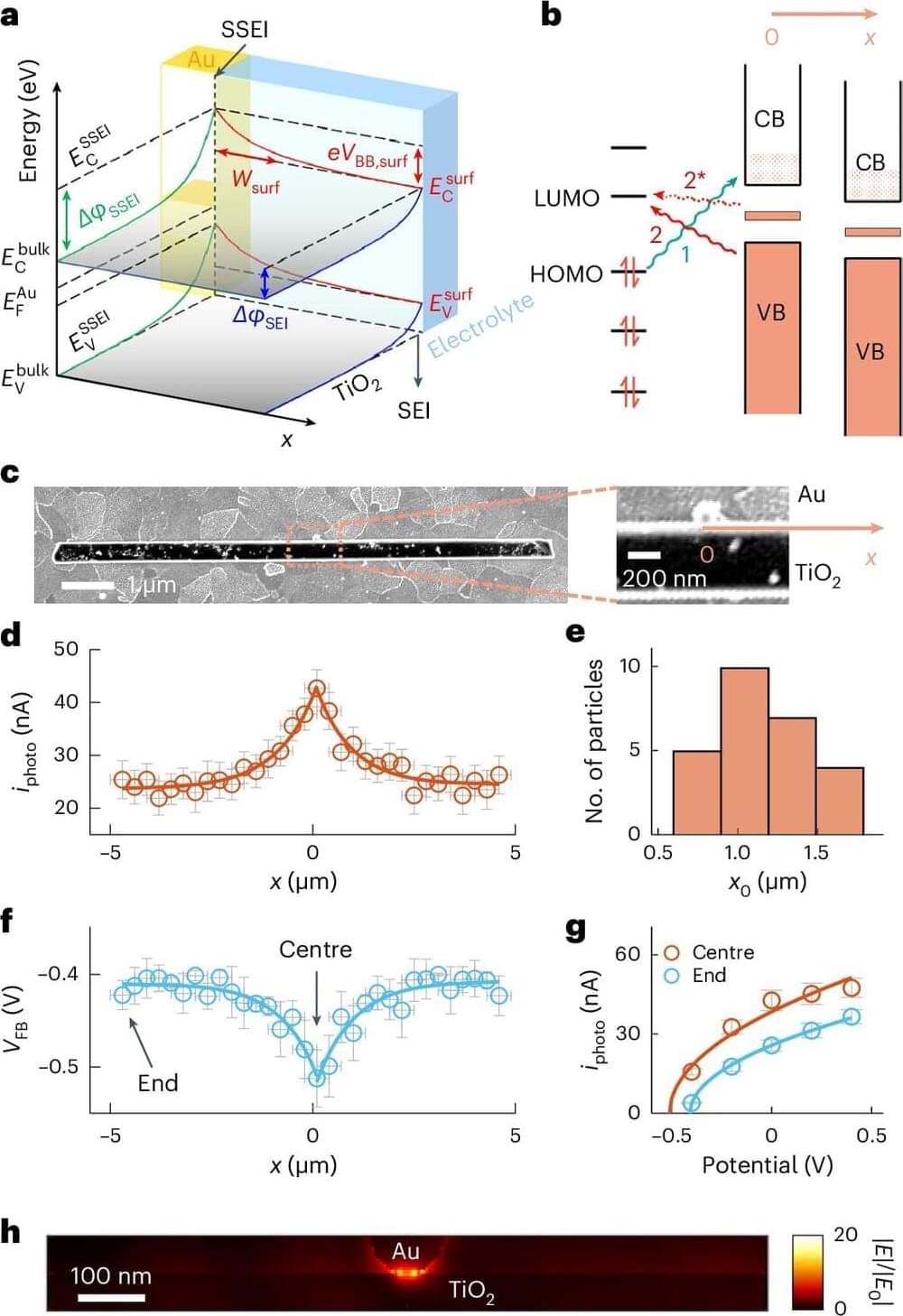
To remove micropollutants such as pesticides and trace chemicals from the environment, you need something equally small and cunning. One potential method is photocatalysis, which uses semiconducting nanomaterials powered by sunlight to adsorb toxic chemicals on the materials’ surface and degrade them.
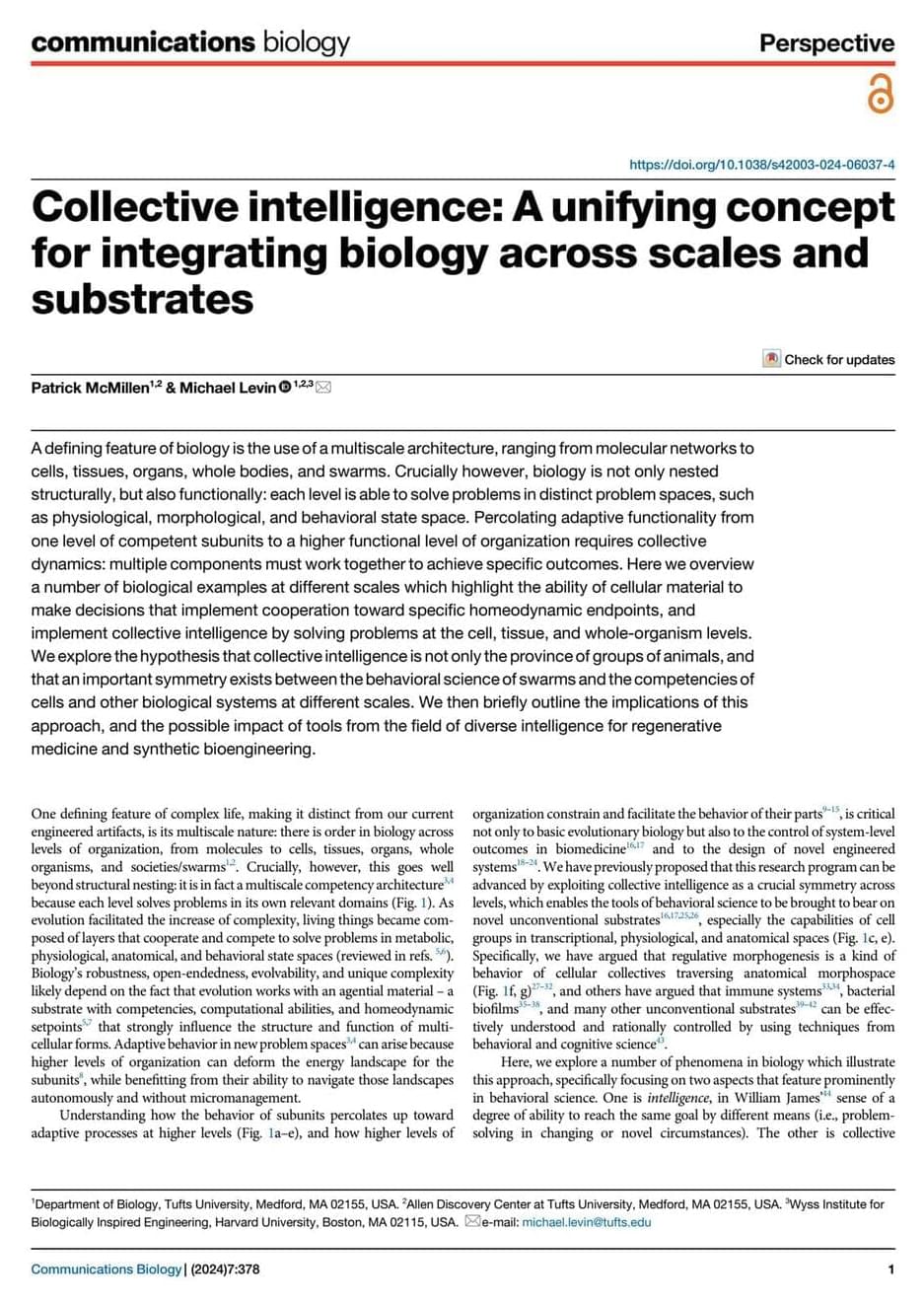
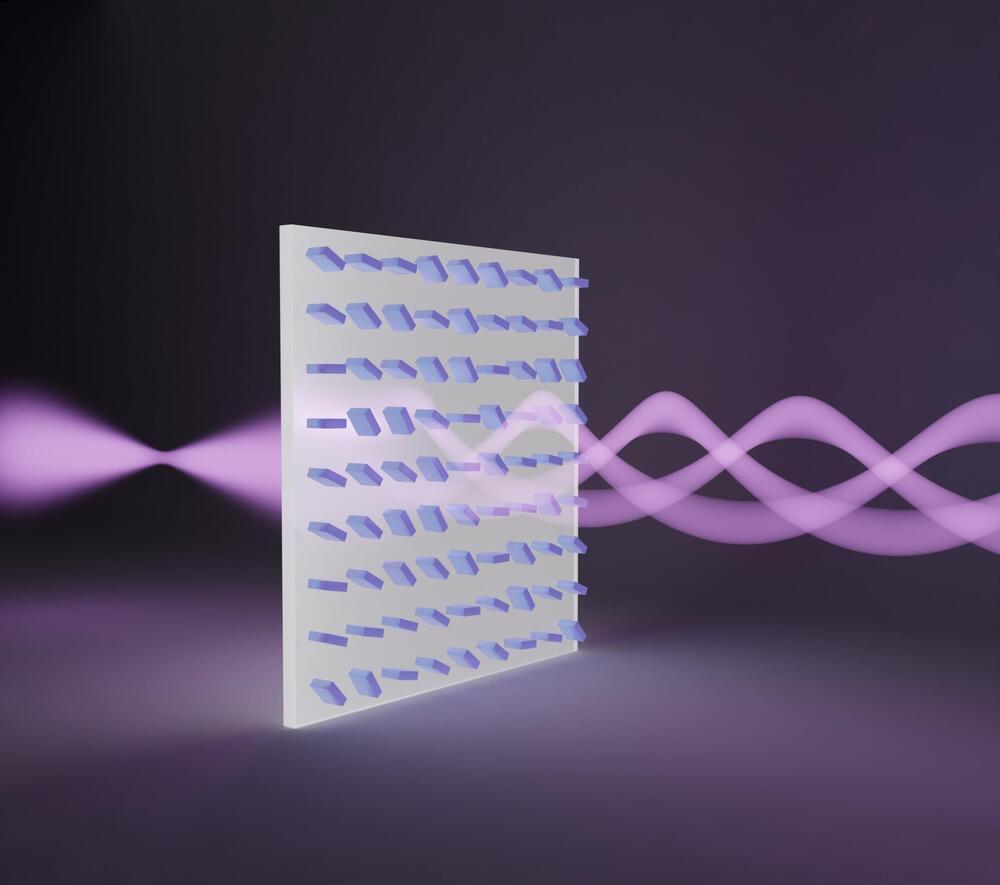
Researchers at TMOS have developed a metasurface-enabled solenoid beam that can pull particles towards it, potentially revolutionizing non-invasive medical procedures like biopsies. This technology, which uses a thin layer of nanopatterned silicon, offers a lightweight, portable alternative to the bulky equipment previously required for such beams. Credit: University of Melbourne.
Researchers at TMOS, the ARC Centre of Excellence for Transformative Meta-Optical Systems, have made a significant initial advancement in creating tractor beams enabled by metasurfaces. These beams of light, capable of drawing particles towards them, are inspired by the fictional tractor beams seen in science fiction.
In research published in ACS Photonics, the University of Melbourne team describes their solenoid beam that is generated using a silicon metasurface. Previous solenoid beams have been created by bulky special light modulators (SLMs), however, the size and weight of these systems prevent the beams from being used in handheld devices. The metasurface is a layer of nanopatterned silicon only about 1/2000 of a millimeter thick. The team hopes that one day it could be used to take biopsies in a non-invasive manner, unlike current methods such as forceps that cause trauma to the surrounding tissues.
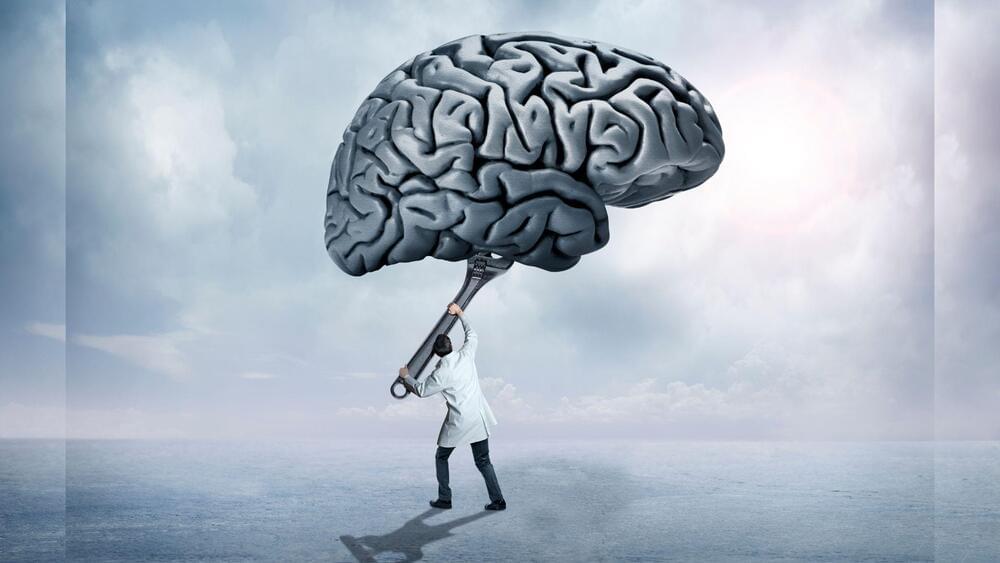
Unlocking the brain: how magnetic nanomaterials could transform neuroscience.
Mind-control magnet tech to regulate behavior, emotions, hunger.
Understanding the brain’s intricate networks and functions is a complex challenge.
Using magnetic fields and nanoparticles, researchers were able to increase and decrease feeding behavior and appetite in mice models.
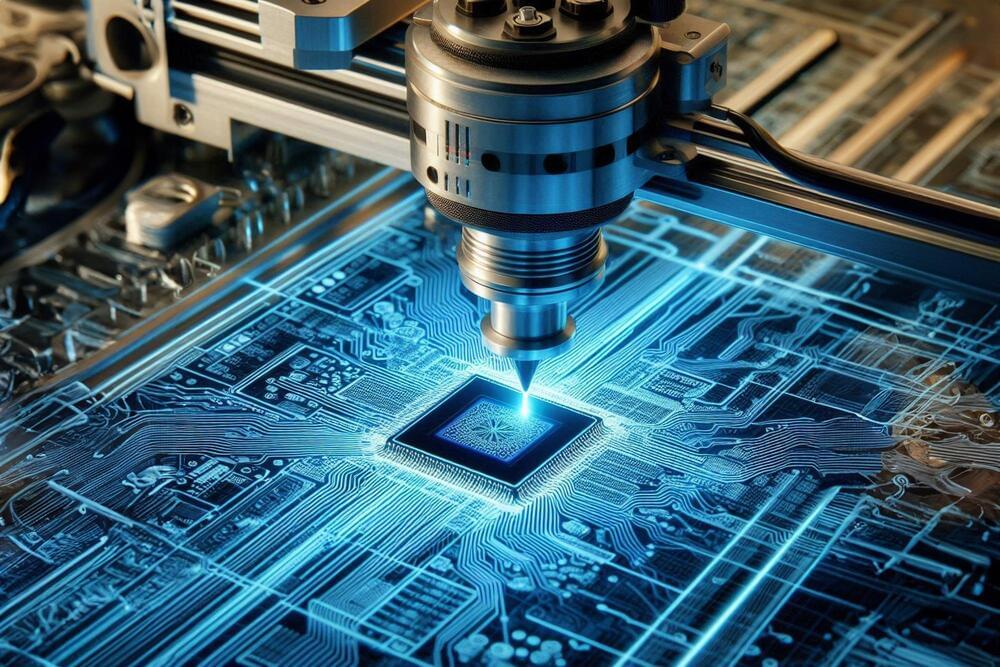
A new method enables precise nanofabrication inside silicon using spatial light modulation and laser pulses, creating advanced nanostructures for potential use in electronics and photonics.
Silicon, the cornerstone of modern electronics, photovoltaics, and photonics, has traditionally been limited to surface-level nanofabrication due to the challenges posed by existing lithographic techniques. Available methods either fail to penetrate the wafer surface without causing alterations or are limited by the micron-scale resolution of laser lithography within Si.
In the spirit of Richard Feynman’s famous dictum, ‘There’s plenty of room at the bottom’, this breakthrough aligns with the vision of exploring and manipulating matter at the nanoscale. The innovative technique developed by the Bilkent team surpasses current limitations, enabling controlled fabrication of nanostructures buried deep inside silicon wafers with unprecedented control.
